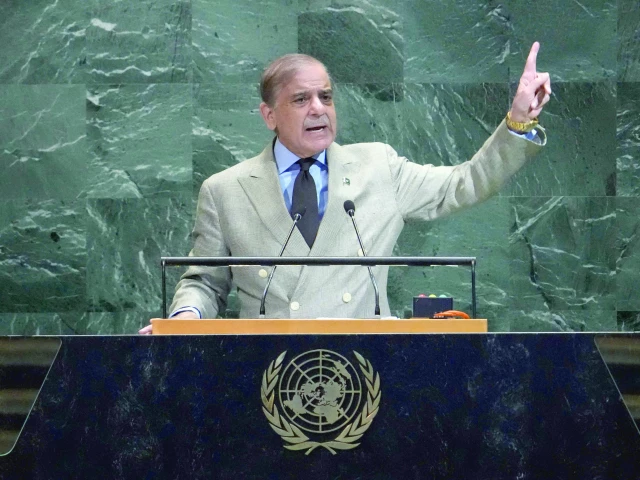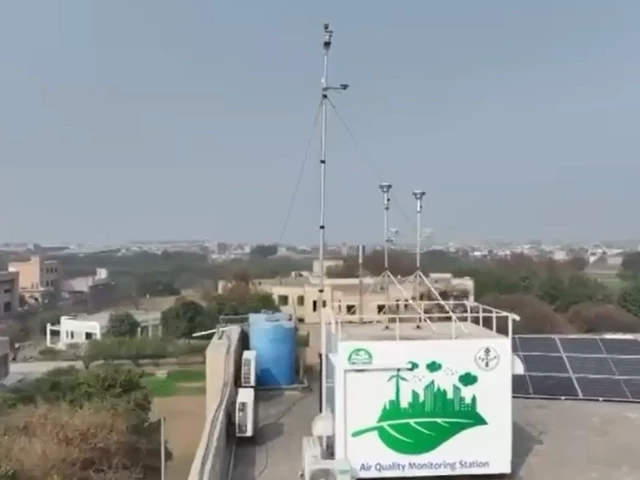Pakistan’s Credit Rating Upgrade: What It Means for the Economy
On a hopeful Wednesday, news broke that Moody’s raised Pakistan’s credit rating from ‘Caa2’ to ‘Caa1,’ a move that many see as a positive signal for the country’s economic health. This shift is attributed to an improving external financial position, and Moody’s has given Pakistan a "stable" outlook. This announcement is more than just numbers; it reflects the country’s ongoing efforts to stabilize and improve its economic measures.
Finance Minister Mohammed Aurangzeb recently expressed optimism regarding the central bank’s ability to lower the key policy rate from its current level of 11%. With positive indicators coming in, the possibility of a rate cut could stimulate economic growth further. Prime Minister Shehbaz Sharif also chimed in, viewing the upgraded credit rating as a clear sign that economic policies are on the right track.
The implications of this rating upgrade are tangible. Following this announcement, international bonds for Pakistan increased by about 1 cent, bouncing back to levels not seen since early 2022. This improvement is significant considering that just a year ago, fears of a debt crisis saw these bonds plummeting as low as 30 cents. The current uptick indicates a renewed confidence among investors, which is crucial for a country that has recently received a $7 billion bailout from the IMF.
Moody’s decision comes on the heels of similar upgrades from Fitch and Standard & Poor’s, signaling a growing consensus that Pakistan is on its way to recovery. Though there’s been an improvement in debt affordability, analysts note that challenges remain, particularly in governance and political stability. Moody’s highlighted that these factors continue to weigh heavily on the country’s financial outlook.
Aurangzeb, speaking to a group of businessmen, is hopeful that other rating agencies might follow suit in improving their assessments of Pakistan’s creditworthiness. He sees this moment as an opportunity for further reductions in the policy rate as the economic landscape changes. The next policy rate announcement is set for September 15, and many will be watching closely to see how the central bank responds to this evolving situation.
As inflation trends upward, particularly with rising energy prices pushing rates to 4.1% year-on-year in July, the balance between stimulating growth and controlling inflation will be critical for the government and the central bank.
Overall, while there are hurdles to overcome, the positive news surrounding Pakistan’s credit rating is a ray of hope for economic recovery. For individuals and investors interested in this narrative, staying updated on policy changes and market reactions is essential. For more resources and insights into the economic landscape, consider exploring Pro21st for continued engagement and expert analysis.
At Pro21st, we believe in sharing updates that matter.
Stay connected for more real conversations, fresh insights, and 21st-century perspectives.





